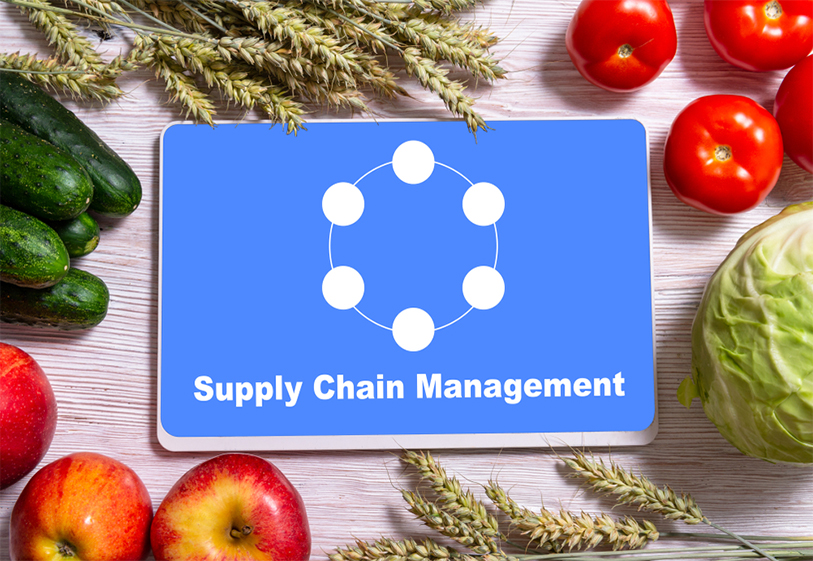
Methods for assessing time and cost in a food supply chain
Over the past decade, companies have spent a lot of time and money to redefine and engineer their supply chain through process and technology changes, focusing on implementing integrated supply chain principles. While many financial and human resources have been spent on implementing this issue, it has not yet been able to provide sufficient and expected benefits. On the one hand, supply chain consultants have started to offer solutions to achieve this goal. On the other hand, supply chain software that improves the supply chain performance of companies has the necessary tools to assess time and cost in the food supply chain.
Why are time and cost assessments important in the food supply chain?
A few points regarding the importance of measuring supply chain performance:
A limited number of time and cost evaluation indicators in the food supply chain keep the company on track to achieve its supply chain improvement goals
Choosing the wrong measurement criteria and leaving out important criteria can reduce supply chain performance
What strategies are there to assess time and cost in the food supply chain?
Traditionally, companies are evaluated based on financial accounting principles that date back to ancient Egypt. Financial accounting standards are definitely important for a company, but they are not enough. To overcome this shortcoming in assessing time and cost in the food supply chain, various methods have been developed to this day. Including:
- The Balanced Scorecard
- Financial perspectives such as production cost and storage cost
- Customer perspective such as on-time delivery and speed of order preparation
- An internal view of the business such as production on schedule and error prediction
- A learning and innovative perspective such as the product development timeline
- The Supply Chain Council’s SCOR Model
- Time cycle dimensions such as production time cycle and cash-to-cash cycle
- Cost dimensions such as cost per shipment and storage cost
- Service/quality dimensions such as timely delivery of cargo and defective products
- Asset dimensions such as products in stock
- The Logistics Scorecards
- Financial performance dimensions of logistics such as cost incurred for assets and their return
- Logistics productivity dimensions such as orders shipped per hour and container shipping utilization
- Quality dimensions of logistics such as storage accuracy and cargo damage
- Dimensions of the logistics time cycle, such as the shipping time and the time the goods arrive at the destination


